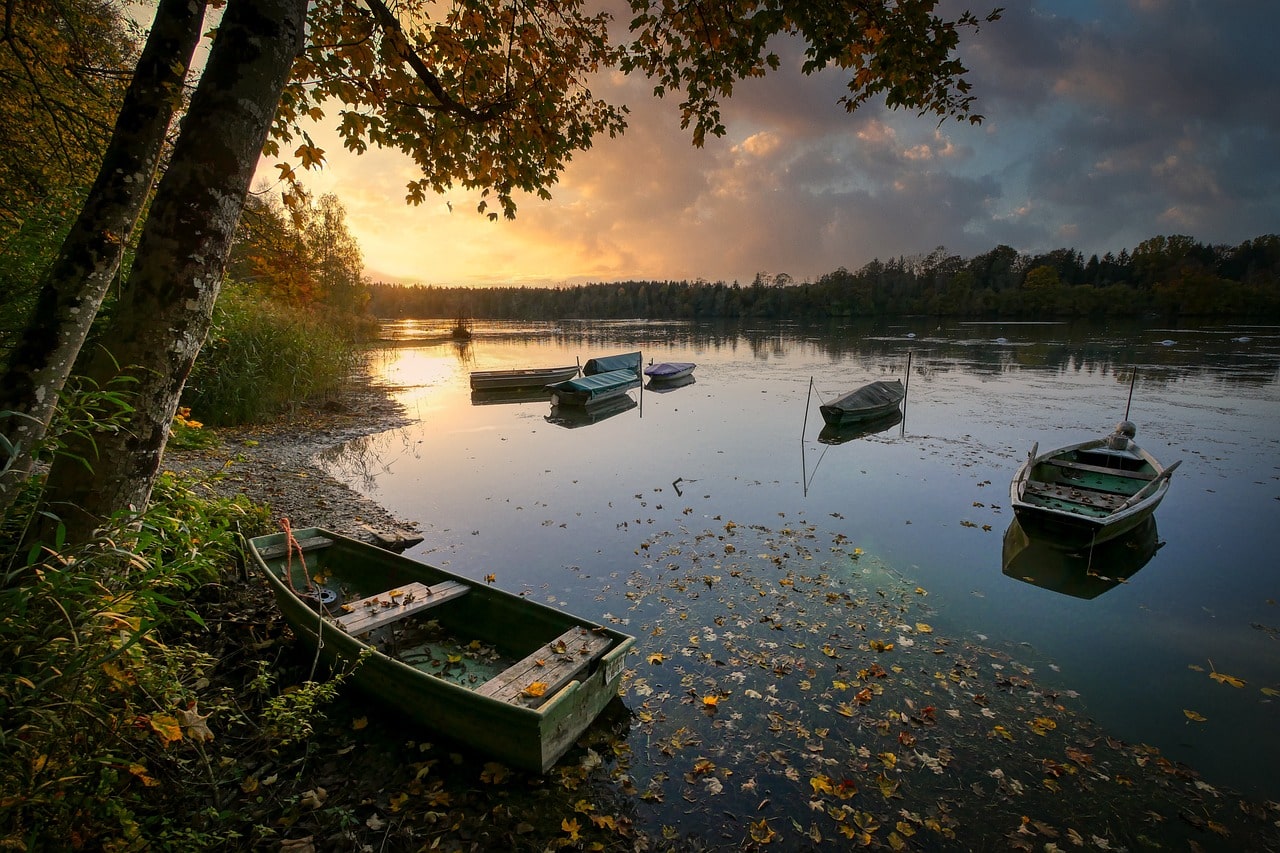Pristine gems in a rugged landscape, the nearly 30 lakes in Acadia National Park sparkle in the valleys and hollows gouged by ancient glaciers. Located in Maine’s Downeast and Acadia region, these lakes, classified as ‘great ponds’ by the Maine Department of Inland Fisheries, include Long Pond, Eagle Lake, Seal Cove Lake, Echo Lake, Jordan Pond, and Somes Pond, each over 100 acres. Smaller lakes like Long Pond/Turners Pond on Isle au Haut, Hamilton Pond, Lower Hadlock Pond, Little Long Pond, Round Pond, Hogdon Pond, Upper Hadlock Pond, Aunt Betty Pond, Bubble Pond, Witch Hole Pond, and Lake Wood add to the park’s scenic beauty.
Echo Lake features a popular sandy swimming beach with scenic views. Except for Long Pond, all lakes have restrictions on boat motor horsepower, with some allowing only electric motors. Boat launch facilities are available at Bubble Pond, Eagle Lake, Echo Lake, Upper and Lower Hadlock Lakes, Long Pond, Jordan Pond, and Seal Cove Pond. Several lakes prohibit body contact with the water as they serve as village water supplies.
Fishing draws many to these lakes. While Jordan Pond and Eagle Lake provide lake trout, brown trout, and brook trout, Echo Lake and Somes Pond are home to landlocked salmon and brook trout. Upper and Lower Hadlock Lakes host brown trout, brook trout, and white perch, whereas Hodgdon Pond has smallmouth bass, white perch, yellow perch, chain pickerel, and redbreast sunfish. Long Pond includes all these species except lake trout. Winter brings ice fishing opportunities, and a Maine fishing license is required.
Most lakes are natural, though some were dammed for mills. Nature remains the main attraction, with 120 miles of hiking trails around the lakes. Trails vary from family-friendly to challenging rock climbs. Popular trails include the one-mile hike to Bubble Rock and the Goat Trail up Norumbega Mountain. Ranger stations and visitor centers provide trail information and guided walks.
Acadia National Park’s history reflects early conservation efforts by summer residents. Wealthy industrialists like John D. Rockefeller Jr. built carriage roads and funded park improvements, leading to the park’s designation as Sieur de Monts National Monument, then Lafayette National Park, and finally Acadia National Park in 1929. The park now covers 35,000 acres, including much of Mount Desert Island, Isle au Haut, and portions of other islands.
Bar Harbor, the largest village on Mount Desert Island, offers diverse lodgings, from historic bed & breakfasts to campgrounds. Public and commercial campgrounds and private rentals near park entrances are available. Yachting, sea kayaking, whale watching, lighthouse tours, and deep-sea fishing trips can be arranged in Bar Harbor. Visiting Mount Desert and the Lakes of Acadia National Park showcases Maine’s natural beauty and rich history.

